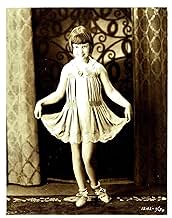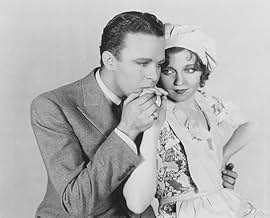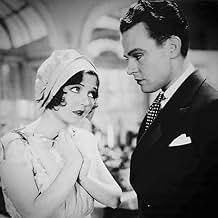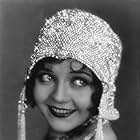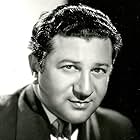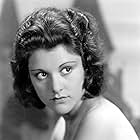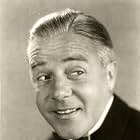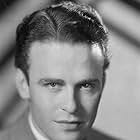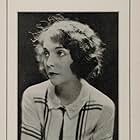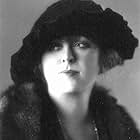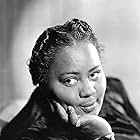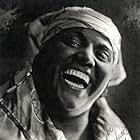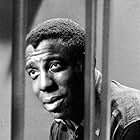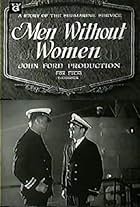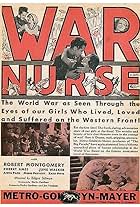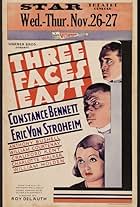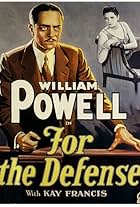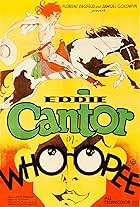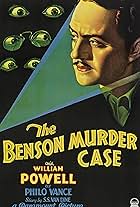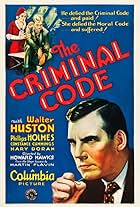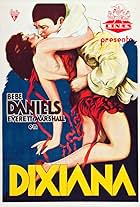A once-wealthy sister and brother rent out their Southern mansion and stay on as cook and butler.A once-wealthy sister and brother rent out their Southern mansion and stay on as cook and butler.A once-wealthy sister and brother rent out their Southern mansion and stay on as cook and butler.
Louise Beavers
- Black Revivalist
- (uncredited)
Tess Gardella
- Aunt Jemima
- (uncredited)
Hamtree Harrington
- Black Revivalist
- (uncredited)
Clarence Muse
- Black Revivalist
- (uncredited)
Carolynne Snowden
- Black Revivalist
- (uncredited)
Storyline
Did you know
- TriviaAccording to Sam Coslow's autobiography, a then-unknown Bing Crosby was considered for the role eventually played by Stanley Smith.
- Quotes
Burton Crane: I've always heard of the South being the land of milk and honey. I don't know much about the milk, but she certainly is a honey.
- ConnectionsAlternate-language version of Chérie (1930)
- SoundtracksIn My Little Hope Chest
Written by W. Franke Harling and Sam Coslow
Sung by Nancy Carroll
Sung by Nancy Carroll and Stanley Smith at the end of the movie
Featured review
This movie, as mentioned in one of the reviews, had good possibilities, and unlike many other movies of this duration, the pacing too wasn't bad.
To be frank, it is quite watchable. But, while watching it, I started to wonder.
All the female leads in the movie had been good or may be a bit more than plain good - especially the three major leads, Nancy, Roth and Jobyna. The other two females too - Zasu and Mitzi lived up to the characters - despite extremely irritating characters assigned to them. But it miserably failed in male leads - both Stanley Smith and Skeets Galagher. They were not only wooden, but completely 'unnatural'. Only Harry Green could save the gender blushes.
It made me wonder - about the gender gap on those ages - Not only these two, but the super-stars - e.g. Pickford, Gish, Garbo,... - I could almost say most of the women were - knowingly or unknowingly, using at least part of Stanislavski's method. But what was wrong with the men ? I don't remember any, who was using something remotely similar (may be except Keaton, sometime, probably aided by his blank-demeanor) ? Every one, including Mr Pickford (i.e. Fairbanks) continued to do exaggerated acting. It was another couple of years (after this movie that is) when it slowly followed women's foot-steps and started getting naturalised - but most of them had entered the arena in the talkie era.
Was it the type of roles which forced the two different schools across gender - the basically maudlin/ melodramatic roles for women, which needed subtlety vs the cave-man/ San and Sword type of roles of males - that needed excess limb-muscles and less face-muscle exercise ? In this movie of course they were at disadvantage - there was not much scope of limb-muscle exercise, and that could be seen by the stiffness - even while walking. And looking back, I saw that in a few major silent stars - in talkie era - e.g. Gilbert - where it wasn't dialogue delivery or even the voice spectrum, but rather the extra real acting effort required in talkies - through facial expressions, that must have failed him. Probably that's why only limited male silents succeeded in talkie, but many women did and relatively one could say thrived too for quite some time (not only Gish and Garbo, but Shearer, Crawford etc several names come to mind, who didn't become sore to senses).
To be frank, it is quite watchable. But, while watching it, I started to wonder.
All the female leads in the movie had been good or may be a bit more than plain good - especially the three major leads, Nancy, Roth and Jobyna. The other two females too - Zasu and Mitzi lived up to the characters - despite extremely irritating characters assigned to them. But it miserably failed in male leads - both Stanley Smith and Skeets Galagher. They were not only wooden, but completely 'unnatural'. Only Harry Green could save the gender blushes.
It made me wonder - about the gender gap on those ages - Not only these two, but the super-stars - e.g. Pickford, Gish, Garbo,... - I could almost say most of the women were - knowingly or unknowingly, using at least part of Stanislavski's method. But what was wrong with the men ? I don't remember any, who was using something remotely similar (may be except Keaton, sometime, probably aided by his blank-demeanor) ? Every one, including Mr Pickford (i.e. Fairbanks) continued to do exaggerated acting. It was another couple of years (after this movie that is) when it slowly followed women's foot-steps and started getting naturalised - but most of them had entered the arena in the talkie era.
Was it the type of roles which forced the two different schools across gender - the basically maudlin/ melodramatic roles for women, which needed subtlety vs the cave-man/ San and Sword type of roles of males - that needed excess limb-muscles and less face-muscle exercise ? In this movie of course they were at disadvantage - there was not much scope of limb-muscle exercise, and that could be seen by the stiffness - even while walking. And looking back, I saw that in a few major silent stars - in talkie era - e.g. Gilbert - where it wasn't dialogue delivery or even the voice spectrum, but rather the extra real acting effort required in talkies - through facial expressions, that must have failed him. Probably that's why only limited male silents succeeded in talkie, but many women did and relatively one could say thrived too for quite some time (not only Gish and Garbo, but Shearer, Crawford etc several names come to mind, who didn't become sore to senses).
- sb-47-608737
- May 25, 2019
- Permalink
Details
- Runtime1 hour 15 minutes
- Color
- Aspect ratio
- 1.20 : 1
Contribute to this page
Suggest an edit or add missing content


